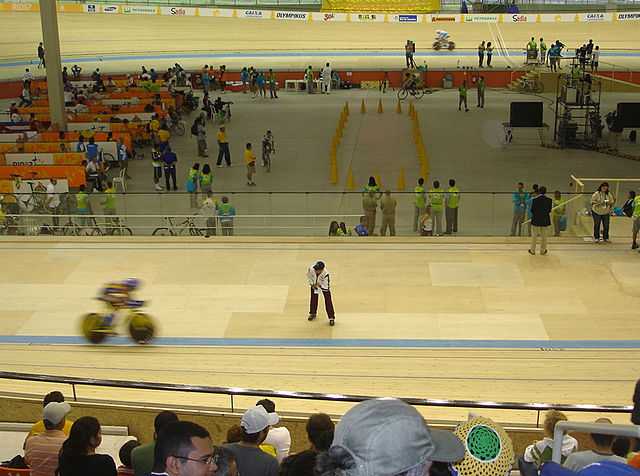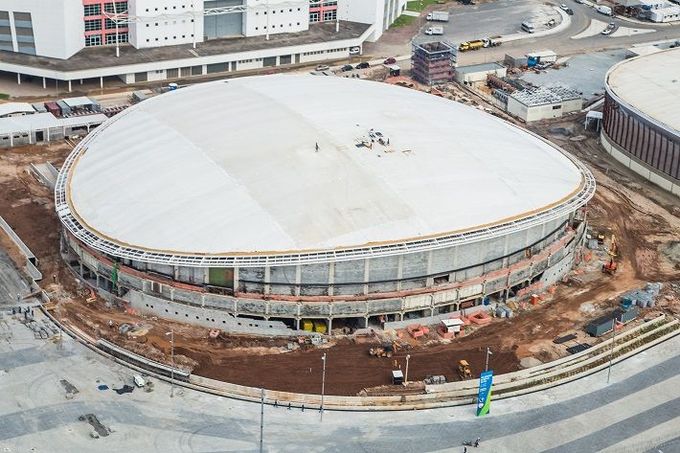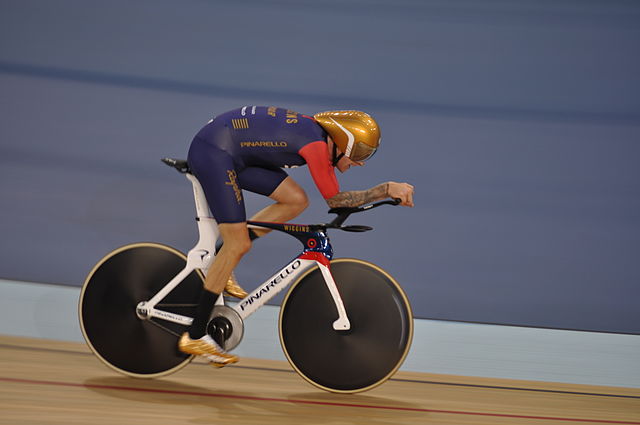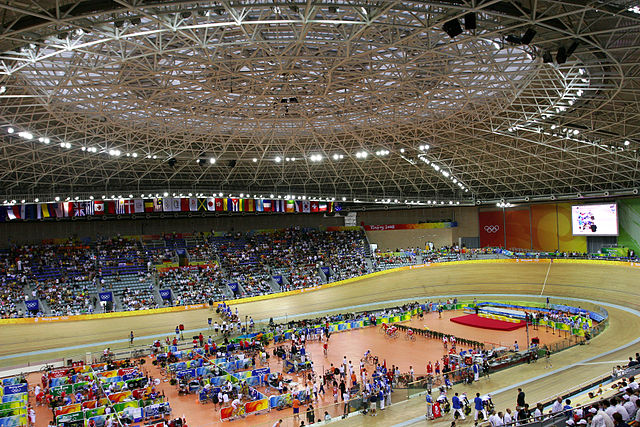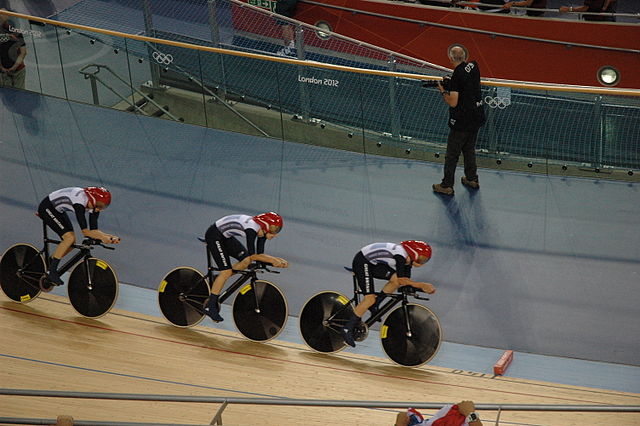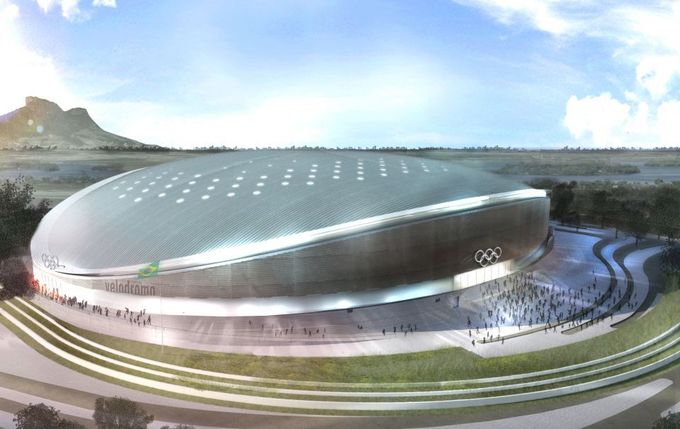
With the 2016 games just months away all eyes are on Brazil to finish construction of its Olympic venues, in particular the repeatedly delayed Rio Velodrome. Currently a crack team of cycle track builders led by one of the world’s top velodrome designers are toiling away, trying to get the venue ready for cycle racing in August. So what’s the story behind Rio’s most troublesome Olympic build and will it be completed this summer or will we still be waiting to race on it in 2020?
Where Will The Rio Velodrome Be Built?

Designed and built specially for the 2016 games, the Rio Velodrome is part of the staggering £5.1bn Rio Olympic park project. Located in Barra da Tijuca on the West side of Rio the Olympic park sits right on the coast, enjoying stunning views out across the Atlantic Ocean.

